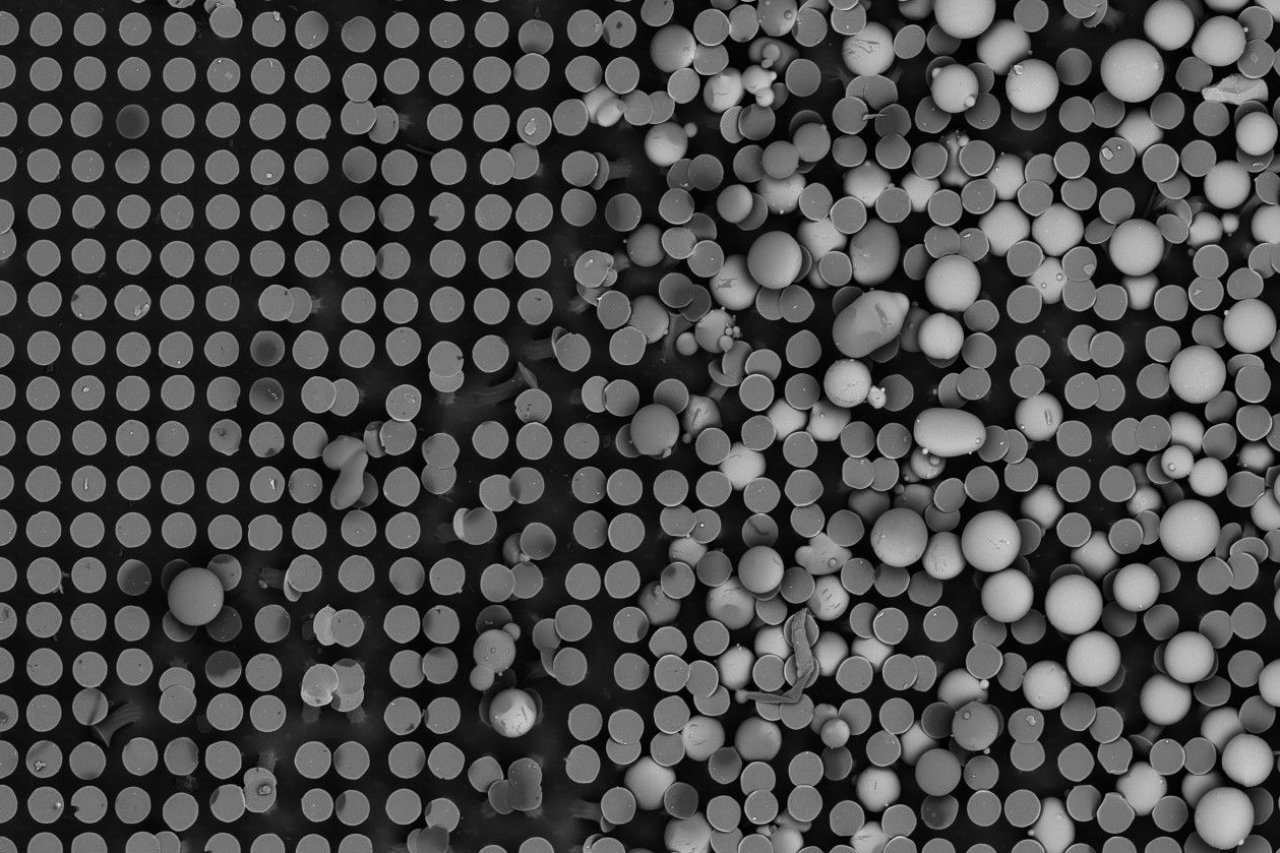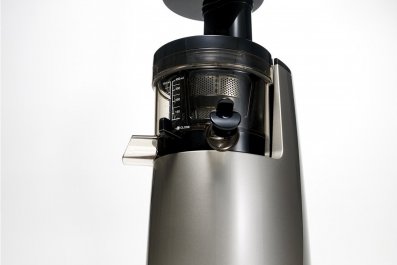A single toe stuck to a wall is all a gecko needs to support its entire body weight. These tiny lizards have evolved microscopic hairs on their feet that exploit intermolecular forces to help them defy gravity on all kinds of surfaces: smooth or rough, dry or wet, clean or dirty. That's why the gecko is the muse for science's next generation of adhesives, and one such technology could be coming soon to a hardware store near you. A new gecko-inspired tape developed by a team of engineers at Carnegie Mellon University is super strong, cheap, and cleans itself with multiple uses, easily shedding dirt particles that limit the reusability of conventional adhesives, like those used in Post-it notes.
The new tape performs just as well as the geckos, says Metin Sitti, who led the team that developed the product. Just one square inch of the champagne-colored tape can support 20 pounds. That's like sticking an automobile tire to a wall with a postage stamp. The secret to both its strength and self-cleaning ability lies in Sitti's trademark microhairs, which are shaped like golf tees. These "mushroom tips," as he calls them, are similar to the ends of real gecko hairs.
Peeling and unpeeling the tape activates self-cleaning properties found on real gecko feet: Geckos have millions of micron-scale "setaes"—a sort of bristle or hair—on each and every toe. In nature, as a gecko's toe drags slightly with each step, those hairs rid themselves of dirt particles.
This is one nanotechnology that may actually make it to market in the foreseeable future. NanoGriptech, a company spun off from Sitti's research lab, already manufactures the elastic tape. Sitti hopes it can improve products as diverse as athletic gloves worn by soccer goalkeepers and medical devices that need to attach to skin without damaging it. "The objective is to make the tape low enough in cost to buy in a hardware store," he says.























